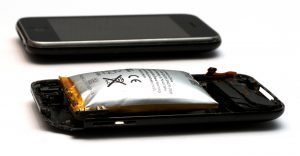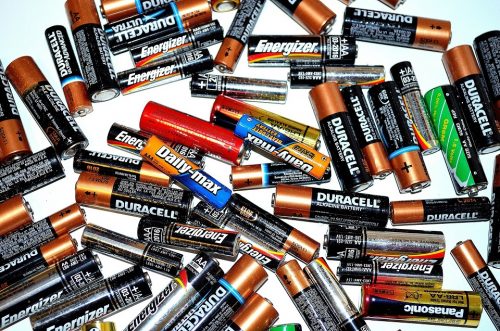From the phone you’re holding to high-powered electric cars, lithium-ion batteries are found in nearly every rechargeable electric device. Since their invention in the 1970s, they have been widely used in household gadgets. In contrast to typical single-use alkaline batteries, lithium-ion batteries contain a much denser concentration of energy stored in rechargeable cells. However, because of their high-energy concentration, these batteries tend to heat up quickly as they discharge, becoming dangerous fire hazards. In the past couple of months, these risks have been highlighted by the Samsung Note 7 explosions, when those phones ignited right in their users’ palms, and by the hoverboard fires, which led to bans of those boards in many public places, including Yale’s campus. New research at Stanford may provide the ideal solution to these unintentional dangers.
While scientists have already found some ways to lower heat generation of charging and discharging batteries, these methods often don’t protect against other issues like manufacturing inconsistencies. For example, in the Samsung Note 7 explosions, already-existing heat reduction systems were unable to get around a structural issue: there was a weak spot in the separator between the positive and negative ends of the battery. This separator was designed to keep the two ends, storing positive and negative ions, from touching each other, so that the battery wouldn’t instantly discharge all of its stored energy. This situation is akin to a pile of baking soda wrapped in tissue paper, hanging above a jar of vinegar. A hole or a weak spot in the paper would cause all of the baking soda to fall out and come into contact with the vinegar, creating an ever-expanding pile of foam. The tissue paper acted as a separator that kept the baking soda apart from the vinegar. Similarly, in the battery, if the separator had a weak spot, the ions would spill over and mix, creating a short circuit that would heat up the flammable liquid inside the lithium-ion battery. The entire battery would then ignite in an explosive reaction.

Another option to reduce the risk of fire is to dilute the flammable liquids inside the battery with anti-flammable ones like triphenyl phosphate (TPP). However, this severely deteriorates the conductivity of the liquid inside the battery, reducing overall efficiency. Although a shorter battery life is much better than third-degree burns, in the increasingly competitive market for smartphones and consumer electronics, every advantage is a valuable one. Recent advances in battery innovation may provide a way to salvage this advantage.
In January 2017, researchers in the Yicui lab at Stanford made lithium-ion batteries less flammable without hurting their performance by developing their own custom separators. The separators were woven from sophisticated microfibers with nanometer-scale diameters. In contrast to classical separators, these new ones contain the anti-flammable TPP as a built-in safety mechanism. To create this fine thread, the researchers used electric force to solidify a mixture of chemicals containing TPP in midair as it fell from the tip of a syringe. They then tested this thread to ensure the presence of two distinct layers: the inner layer contains TPP, and the outer layer is thick enough to almost completely stop TPP from leaking into the electrolytes. In addition, the thin outer shell is designed to melt away if the battery becomes excessively hot. In that case, TPP flows out of the thread and completely dissolves in the liquid to reduce the heat, similarly to how an automatic sprinkler system activates to put out fires. This solution addresses the need for a reliable thermal failsafe that doesn’t affect battery performance, making it ideal for consumer electronics like phones or hoverboards.
Here at Yale, Jaehong Kim, a professor in the Department of Chemical and Environmental Engineering, is performing similar research, working on a separator that is similar, but is used for water filtration and treatment instead of battery safety. Kim’s work focuses on helping the membrane maintain functionality and increasing its durability through a self-healing feature. If a membrane used for treating drinking water is damaged, it creates risks such as the outbreak of waterborne pathogens. Repairing these filters often requires a system shutdown to replace the membrane, which is especially a concern in places without the infrastructure to support such delays. Although the aftereffects aren’t as explosive as battery malfunctions, an outbreak of disease could be even more disastrous for affected communities.
For both membranes and battery separators, one thing is clear: we should not need to sacrifice safety to achieve efficiency.

